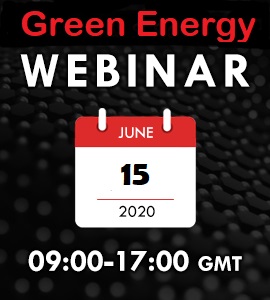Faramarz Faraji
Tehran Regional Electric Company (TREC), Tehran, Iran
Title: Grid-tied Photovoltaic power electronics converters: Overview, analysis, challenges and future trends
Biography
Biography: Faramarz Faraji
Abstract
Statement of the Problem: Renewable energy is progressively deemed necessary for fulfilling the current and upcoming energy demands. Amongst different renewable energies, solar photovoltaic (PV) is one of the cleanest, unlimited, emission-free, readily, reliable and widely available renewable energy resources. Grid-tied PV systems account for 99% of the whole established capacitance in comparison with 1% of the standalone systems. Grid-tied PV systems are generally categorized into two types, the galvanic isolation and non-isolation/transformerless systems, the latter having some advantages over the former, e.g. small size, weight, low cost and high efficiency. However, leakage current problem is one of the most important challenges in transformerless system which may cause some problems. Power electronics converter topologies play a significant role in restriction of this current. Therefore, a variety of state-of-the-art converter topologies with the ability to overcome this issue are reviewed in this work. Then possible improvements are investigated and proposed for several important aspects such as efficiency, reliability, power quality, cost, weight, velum, and leakage current problem.
Methodology and Theoretical Orientation: A comparative study is done for a wide range of grid-connected PV power electronics converters utilizing computer simulation and calculation as well as reviewing scientific publications.
Findings: This comprehensive research gives a clear picture on the advancement of power electronics converters for the next generation grid-tied PV systems with detailed analytical comparisons. These include the number of power devices and components, voltage stress on semiconductors, current stress on inductors, efficiency, shoot-through issue, leakage current suppuration, optimum design, THD analysis, compactness, and cost-effectiveness.
Conclusion and Significance: The improvement of the whole PV systems will be accelerated with the understanding of functions, limitations, and benefits of grid-connected PV power electronics converters. Therefore, various state-of-the-art topologies introduced in recent years are reviewed and investigated in detail here to give insight into researchers and industries, along with highlighting future trends.

